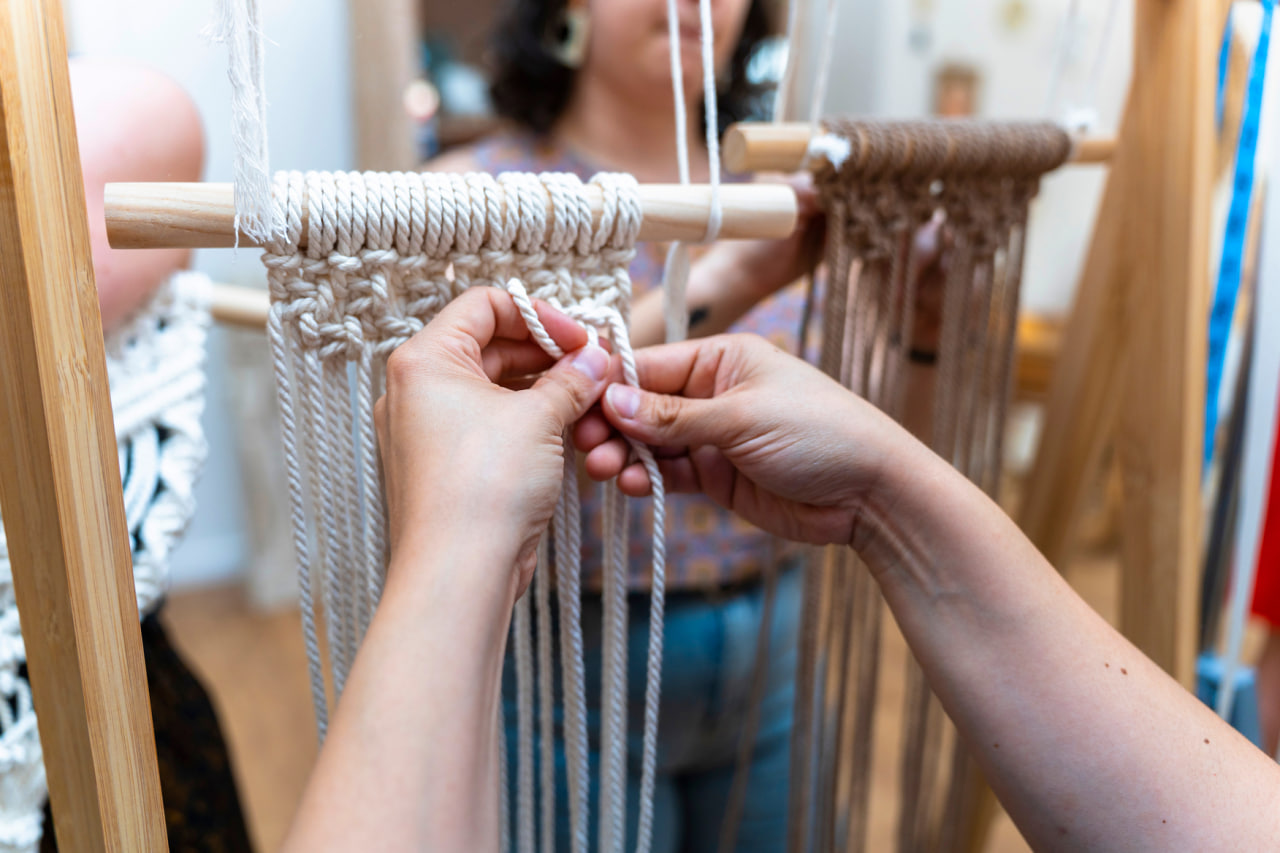The Ancient Art of Weaving: From Tradition to Today
Weaving is one of the oldest crafts known to humanity, deeply rooted in culture and history. For thousands of years, it has been used not only to create functional textiles but also to preserve traditions, tell stories, and showcase artistry. Today, weaving continues to thrive, blending ancient techniques with modern creativity. Understanding the evolution of weaving allows us to appreciate its timeless value and its enduring role in both daily life and art.
Early Origins of Weaving
The origins of weaving date back to prehistoric times when early humans discovered ways to interlace natural fibers into mats, baskets, and clothing. Archaeological evidence suggests that weaving was practiced as early as 6000 BCE. Early weavers used plant fibers, animal hair, and wool to craft items that served practical needs such as warmth and storage.
Weaving was not just a survival skill; it quickly became a means of creative expression. Patterns and textures were incorporated into early fabrics, giving them cultural and symbolic significance within communities.
Weaving in Ancient Civilizations
As societies developed, weaving evolved into a sophisticated craft. Ancient Egyptians mastered linen weaving using flax fibers, producing textiles that were both durable and lightweight. In Mesopotamia, looms became more advanced, enabling the production of patterned fabrics. Ancient China played a vital role in weaving history with the development of silk, creating textiles that became highly prized and traded along the Silk Road.
In the Americas, civilizations such as the Mayans and Incas developed unique weaving traditions using cotton, alpaca, and llama wool. Their textiles often featured vibrant colors and intricate patterns, many of which held religious or social significance.
Cultural Significance of Weaving
Weaving was more than a craft; it was a cultural cornerstone. Textiles often represented wealth, identity, and social status. Specific colors, materials, and designs could indicate one’s place in society or symbolize spiritual beliefs. Many cultures passed down weaving techniques through generations, making it a vital part of heritage and storytelling.
Rituals, ceremonies, and even myths were often connected to weaving. In Greek mythology, for example, the goddess Athena was associated with the craft, while the story of Arachne symbolized the power and pride tied to weaving skill.
Technological Advancements
Over time, weaving technology advanced dramatically. The invention of the horizontal loom in ancient times made the craft more efficient. Centuries later, the Industrial Revolution transformed weaving with the introduction of mechanized looms, such as the power loom. This innovation made textiles more widely available but also began shifting weaving from a handmade tradition to a mass production industry.
Despite industrialization, traditional hand-weaving methods survived, especially in rural areas and artisan communities. These practices preserved cultural identity and continued to produce textiles valued for their craftsmanship and authenticity.
Weaving in the Modern World
Today, weaving has experienced a resurgence as people seek handmade, meaningful, and sustainable alternatives to mass-produced items. Artists and hobbyists alike are rediscovering weaving as both a creative outlet and a meditative practice. Contemporary weaving blends ancient techniques with modern materials and designs, resulting in wall hangings, fashion accessories, and home décor pieces that are both timeless and trendy.
In addition, weaving is increasingly recognized for its therapeutic benefits. The focus and rhythm of the craft help reduce stress, improve mindfulness, and encourage creativity, making it an ideal activity for today’s fast-paced lifestyles.

